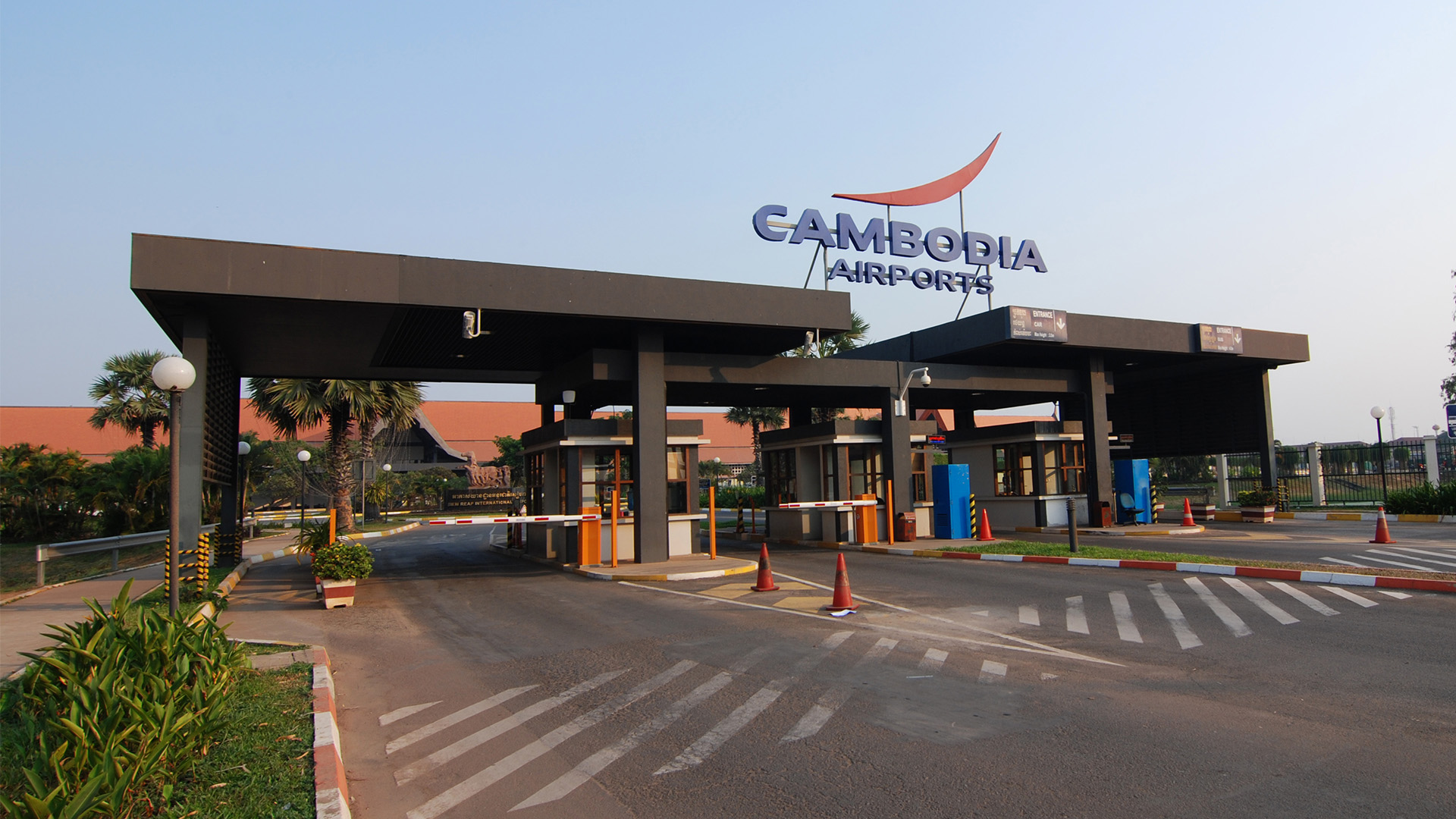


Following IATA’s continuous promotion for states to ratify the Montreal Convention 1999 (”MC99”), Cambodia finally deposited its instrument of ratification1 of MC99 on 31 January 2025, more than 25 years after first signing MC99 on 28 May 1999. According to ICAO’s current list of parties to multilateral air law treaties, the provisions of MC99 came into force in Cambodia on 1 April 2025.
Prior to 31 January 2025, Cambodia had only ratified the original Warsaw Convention 1929 and the Warsaw Convention 1929 as amended at the Hague 1955 (“Amended Warsaw”) which applied to both international and domestic carriage.
In Cambodia, the rules relating to the international carriage of passengers, baggage and cargo predominantly rely on the Amended Warsaw, along with the Law on Civil Aviation of the Kingdom of Cambodia enacted in 2008 (“Civil Aviation Law 2008”).2
The transition from the Warsaw regime to MC99 introduces several key changes which may impact airlines:
Shift to use of Special Drawing Rights (SDRs)
MC99 prescribes the use of SDRs3 to calculate liability limits, making it more accurate and “user-friendly” in modern aviation liability context. Contrary to this, the Warsaw regime used French gold franc which is defined by a specific gold weight and fineness. Conversion of French gold franc to national currencies based on gold prices may not match current market values accurately as the official gold prices were fixed during the Warsaw regime. By applying SDRs, similar to other jurisdictions that have adopted MC99, air carriers can more accurately predict or calculate their liability limits in the event of risk exposure.
Strict liability regime for death and bodily injury claims
MC99 introduces a two-tier liability system for death and bodily injury claims. Under MC99, air carriers are strictly liable for proven damages up to 151,880 SDRs (c. USD205,800) irrespective of whether they were at fault. If the damages exceed this amount, air carriers can avoid additional payments only if they can prove that they were not negligent or if they can prove that the loss/damage was caused solely by the actions of a third party
Fifth jurisdiction for death or bodily injury claims
Air carriers should be aware of the additional option for passengers to initiate death or bodily injury claims from their principal and permanent residence, provided the carrier operates flights to and from that country and conducts business operations there.4 While the fifth jurisdiction undoubtedly offers greater access to justice for claimants in general, air carriers will face increased risk exposure, as claims may be brought against them outside their home country in jurisdictions there is a propensity to litigate and where damages are much higher. This adds another layer of legal complexity.
Standardised liability limits for cargo claims
Air carriers and their ground handling companies will benefit from the more structured and transparent framework for managing cargo claims as MC99 prescribes a fixed (and unbreakable) liability limits for cargo claims. This certainly reduces ambiguity on the financial responsibilities of the carriers and ground handlers in cases of cargo loss, damage or delay.
Transitioning to use of e-AWB
MC99 permits the use of electronic air waybills (e-AWBs) and other documents of carriage and this would facilitate paperless air cargo global initiatives by IATA such as e-freight. The transition to electronic documentation supports global sustainability efforts and promotes eco-friendly practices. Additionally, it aligns with the modern world’s initiatives on digital solutions thus making cargo handling more efficient and reliable.
The Civil Aviation Law 2008 provides that liability claims arising from any air transportation including domestic air travel are subject to the Amended Warsaw, which in practice ought to be read together with the original Warsaw Convention 1929 text.
It remains unclear whether MC99 provisions will apply to domestic carriage in Cambodia. If this alignment occurs, air carriers should note that the liability limits for passenger, baggage and cargo claims arising from domestic carriage within Cambodia will naturally be higher than the previous limits which generally adopt the relatively lower Warsaw regime’s liability limits. As of the date of this article, the Civil Aviation Law 2008 remains the law applicable to domestic carriage within Cambodia.
Cambodia has great aspirations. As part of the national effort to modernise its airport infrastructure and propel its economic growth, Cambodia has built several major airports in recent years: (i) the new Phnom Penh Techo International Airport (KTI), which is slated to launch in July 2025; (ii) Koh Rong International Eco-Tourism Airport (under construction and is set to open in 2028); (iii) Dara Sakor International Airport (DSY) which recently opened to domestic regular flights; and (iv) Siem-Reap Angkor International Airport (SAI) which began operations in 2023.
The expansion of the airport network has led to significant growth. In 2024, Cambodia’s three international airports saw a 22% increase in traffic, accommodating 6.24 million passengers, in 2024. Air freight also increased by 40%, reaching 77,800 tonnes. By 2025, the SSCA predicts that passenger numbers will reach 7.5 million and freight traffic will reach 80,000 tonnes. 5
In parallel, the SSCA has unveiled an ambitious six-year strategic plan (2025-2030) to advance the country’s aviation sector. Cambodia is proactively looking at strengthening air connectivity, with more major EMEA airlines such as Emirates, Etihad, and Turkish Airlines planning to offer direct routes to Cambodia in 2025.
With a concerted effort by IATA, only two states within the SEA region, Myanmar and Laos, have yet to ratify MC99. The ratification of MC99, which harmonises the liability framework for international air carriage, is indeed timely and aligns perfectly with the country’s infrastructure expansion plan and the SSCA’s 6-year strategic plan. As the saying goes, “strike while the iron is hot,” Cambodia is evidently set to leverage this opportunity for significant growth in its aviation sector.
In light of Cambodia’s adoption of MC99, the immediate to-do list, especially for Cambodian-based air carriers, will be to ensure the air carrier’s general conditions of carriage or any applicable contracts, air waybills and other liability policies are adjusted to reflect the new liability limits and/or exclusions for the purpose of complying with MC99 requirements. To ensure effective claim management, air carriers can consider conducting training for their customer / operational staff so they are familiar with MC99 provisions and any internal customer service protocols may require to be refreshed. If you have any questions on the impact following the implementation of MC99 in Cambodia, please do not hesitate to contact us.
Footnotes

